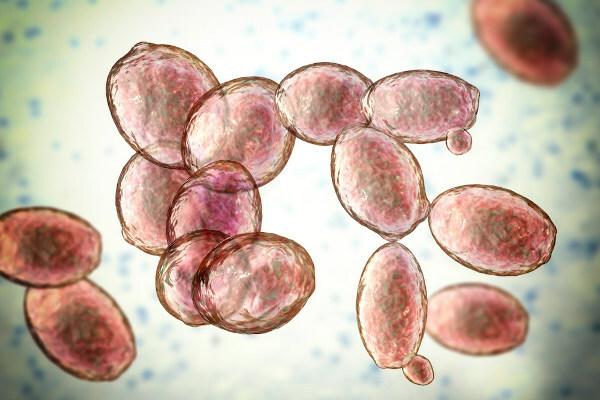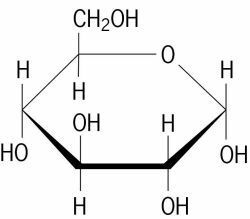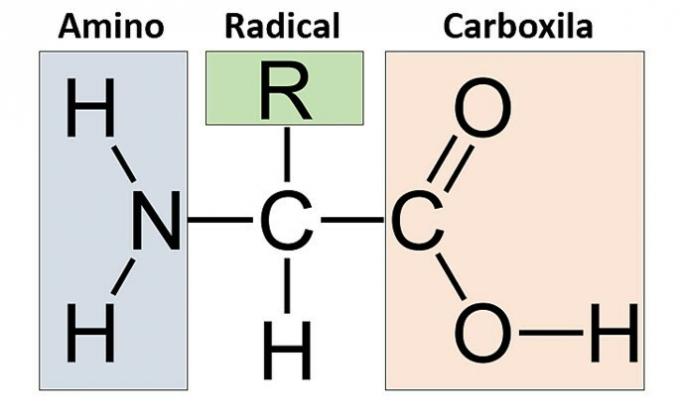THE heterotrophic hypothesis is one of the hypotheses that seek to explain the form of nutrition of the first living organisms that appeared in the Earth. As the name implies, this hypothesis states that the first living beings had heterotrophic nutrition, that is, they were unable to produce their own food, absorbing organic matter present in the environment.
These organisms, after capturing the organic matter, performed fermentation to ensure the production of energy necessary to carry out its activities. A criticism of the heterotrophic hypothesis is that, in primitive earth, the amount of organic matter available could be small to support these living beings in formation.
Read too: What is autotrophic and heterotrophic?
The heterotrophic hypothesis
The heterotrophic hypothesis states that the first living organisms had heterotrophic nutrition, that is, they were not able to synthesize their own food. These beings probably fed by absorbing simple organic molecules that were available in primitive oceans.
To ensure energy production, the first living beings, probably carried out a fermentation process. This is due to the fact that the aerobic breathing, made by most living beings today, it would not be possible in an environment with low concentration of oxygen. Also, in this type of breathing, a series of chemical reactions occur, requiring a large amount of enzymes and a greater complexity of these organisms.
Do not stop now... There's more after the advertising ;)
In the fermentation process, the body is able to produce energy in the absence of oxygen, which would be ideal given the conditions it faces. This process has two basic steps: a glycolysis (breakdown of the glucose molecule) and the pyruvate reduction.
Based on pyruvate, different end products can be formed, highlighting the alcohol and lactate. In alcoholic fermentation, pyruvate is converted into ethyl alcohol and carbon dioxide is released, while, in lactic fermentation, pyruvate is reduced to form lactate, without gas release carbonic.

As time passed, the environmental conditions on the planet changed. The amount of organic molecules available in the environment has been reduced, reducing the amount of food available. emerged in this scenario organisms capable of synthesizing their own food, using sunlight and carbon dioxide available in the environment. These organisms were, therefore,photosynthesizers.
With the activity of photosynthetic organisms, a greater amount of oxygen was released into the environment. This available oxygen started to be used, by some beings, in the process of aerobic respiration, which guarantees a greater production of energy than that achieved by fermentation.
Read too: Cellular respiration and its three main steps
Criticism of the heterotrophic hypothesis
Proponents of the heterotrophic hypothesis claim that the first living beings were very simple, no presenting enough apparatus to produce their own food, requiring the absorption of matter organic environment.
However, opponents of this theory claim that on the early Earth, probably, there were not enough amounts of organic matter so that these organisms could survive and increase their population. Thus, critics claim that the first living beings were most likely autotrophic and obtained their food through the chemosynthesis.
Read more: Autotrophic Hypothesis – defends that the first living beings produced their own food
Origin of life
The heterotrophic hypothesis tries to explain how the first living beings managed to obtain nutrients necessary for their development. It does not, therefore, explain how they came to be on the planet. To explain this event, a series of hypotheses were created.
The most accepted by the scientific community is the Oparin and Haldane hypothesis. According to her, life arose due to the action of electrical discharges and ultraviolet rays from the Sun that acted on substances present in the atmosphere, causing the occurrence of chemical reactions.
These reactions led to the formation of simple organic molecules, which were deposited in primitive oceans and, later, they gave rise to complex molecules, which underwent modifications, until the formation of the first being occurred. alive.
In addition to the Oparin and Haldane hypothesis, another widely discussed hypothesis is that ofpanspermia, which claims that particles of life arrived on the planet from space. We can't forget to quote the creationism, which defends that all living beings are the work of a divine creation. Want to know more about this very thought-provoking question? Read our text: Origin of life.
By Vanessa Sardinha dos Santos
Biology teacher



